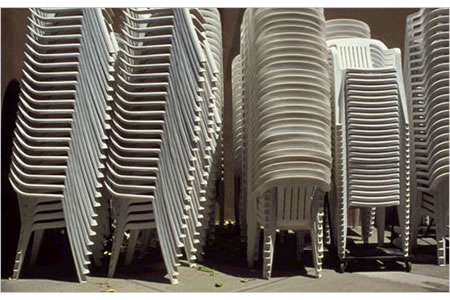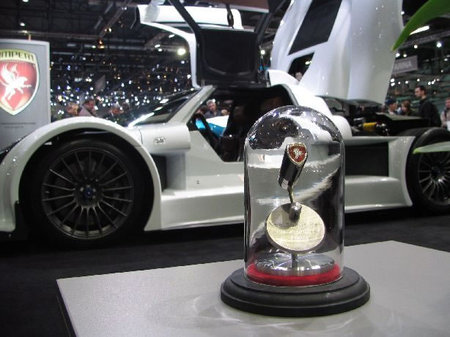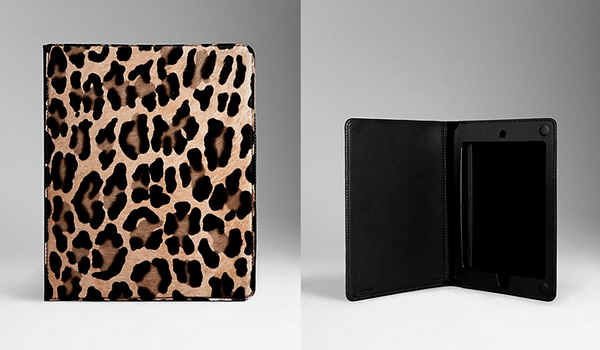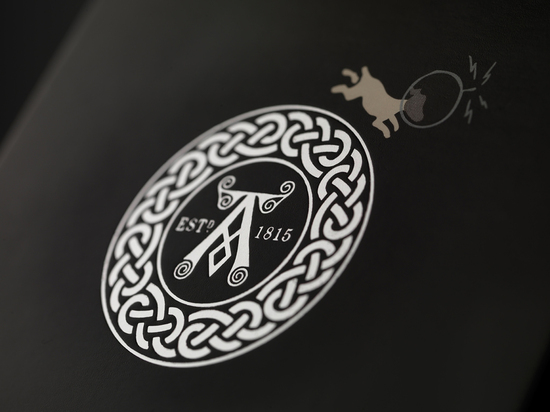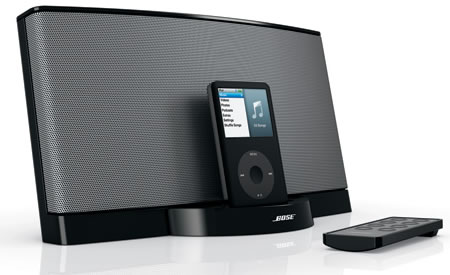The greatest symbol of power and authority in our times is the …chair. Ask the politician or the head of the family at the dinner table. The king, the chairman, the manager, they all crave for their chair to show the power that it wields. But a different kind of chair has emerged at the top-spot overthrowing even the throne; the plastic chair! The most sat-on chair is easily taken for granted in our everyday lives. Schools, bars, hospitals, parks, beaches, sports stadiums, and retirement homes all these places are bound to stock a bunch of these chairs. What makes the plastic chair ever so popular since its debut in the 1980s is its light frame (2.5 kgs.), the ability to stack them, and waterproof design. Made of polypropylene in a single process, they’re cheap, light, and portable. Ignored by the design historians of their rightful place in that ‘ furniture hall of fame’ books, it’s high time someone took notice and gave the plastic chair its due respect! Shockingly, they have been banned from public places in the Swiss city of Bern, and Slovakia’s capital, Bratislava. On the flip side, however, some people have taken undue commercial advantage and exploited this piece of furniture for personal gains. The Swedish design group, Front, has custom-made cheap plastic chairs, and so has the Spanish designer, Martí Guixé. He has gone to the extent of doing a design-art on them by scrawling “Stop Discrimination of Cheap Furniture” like graffiti on them and sold the result as a limited edition (and made lots of money).
The plastic chair has a dedicated Web site: www.functionalfate.org, which is visited by over 30,000 people every month. Referring to the chair by its technical name, the monobloc, it invites visitors to submit photographs of them. The first monoblocs cost $50 each, but mass production has reduced the price to less than $5 today.
Source
